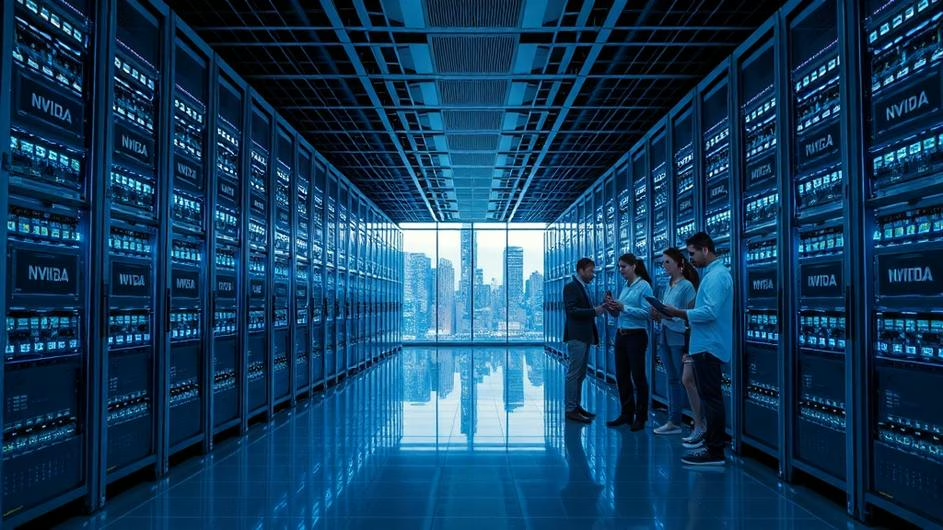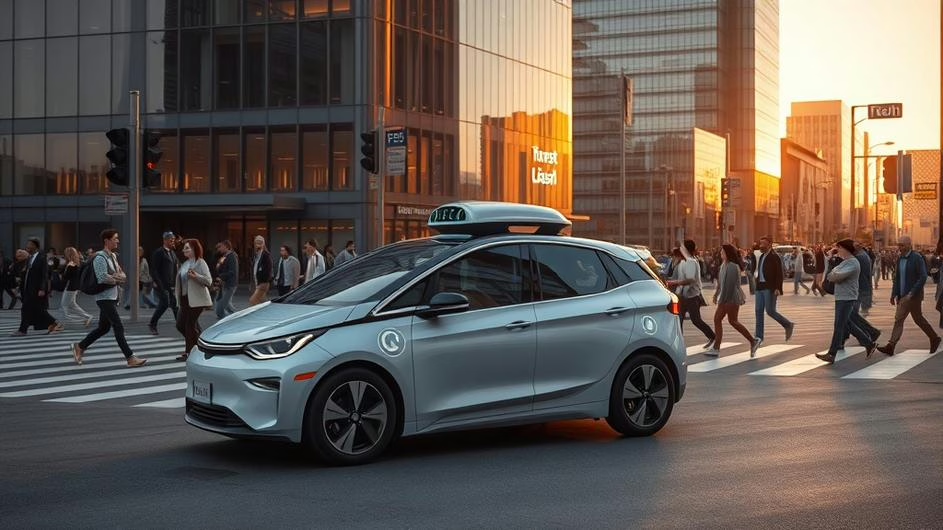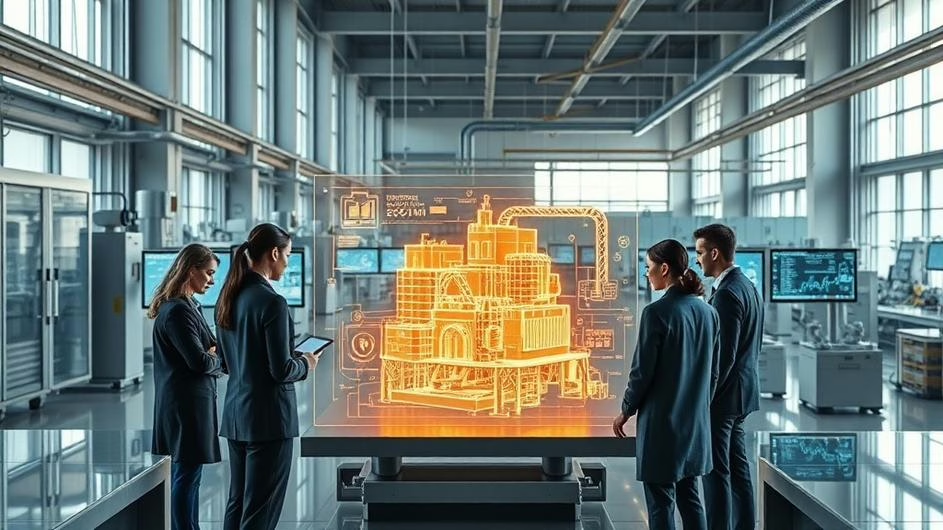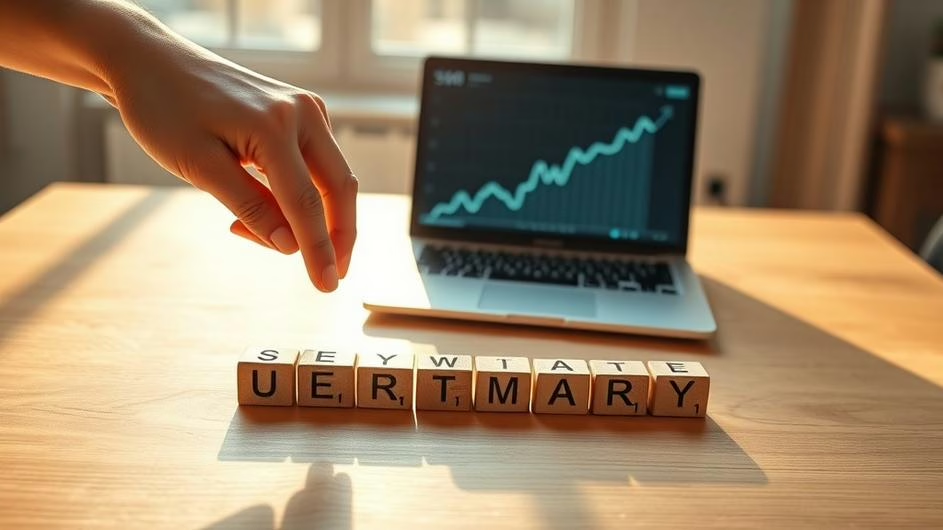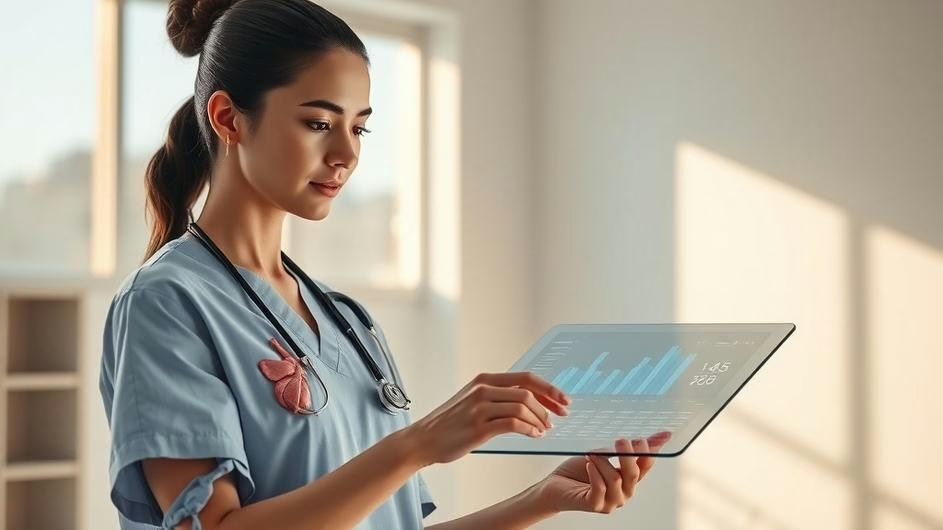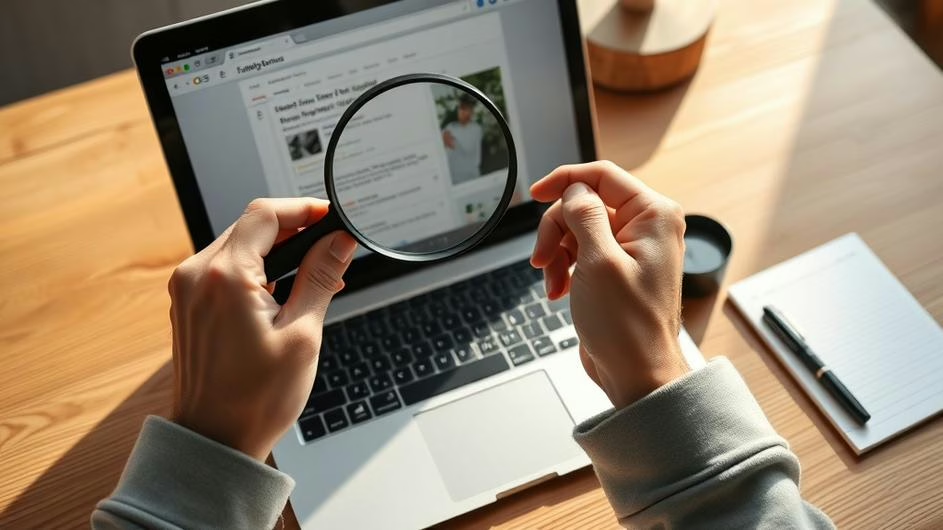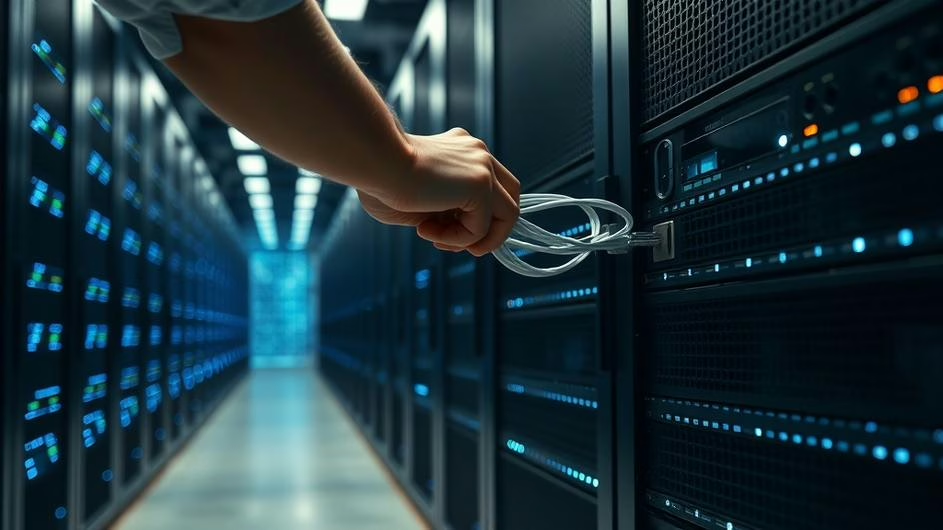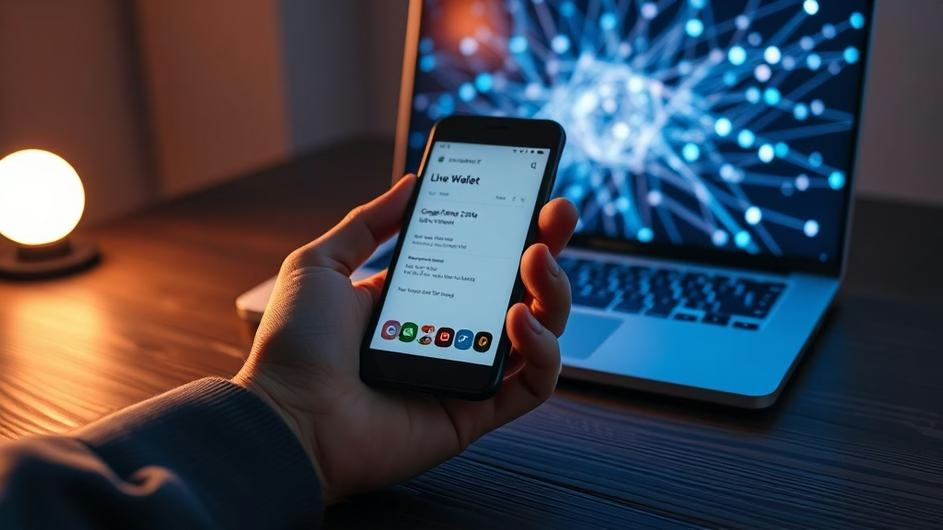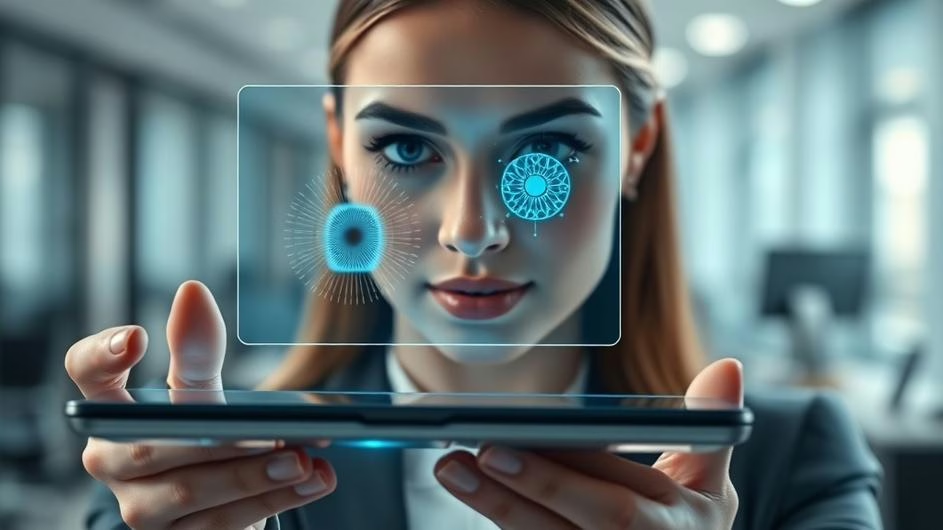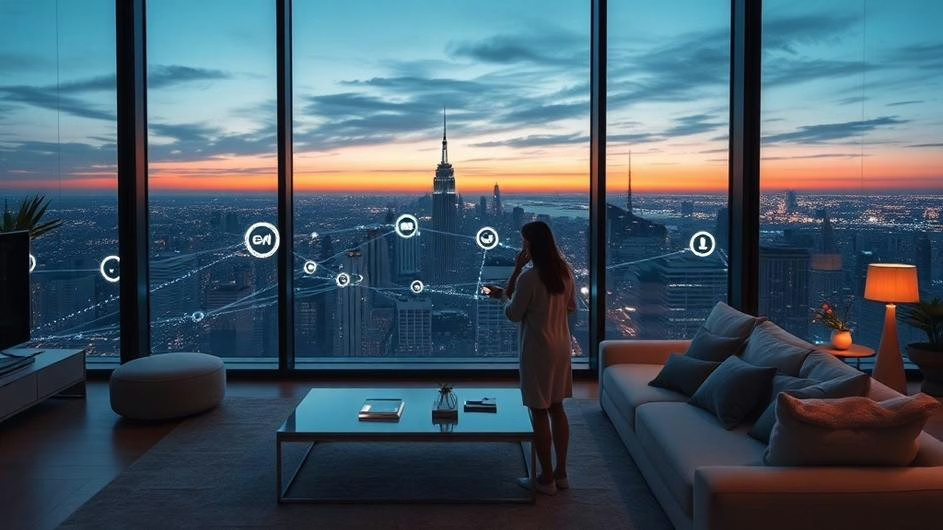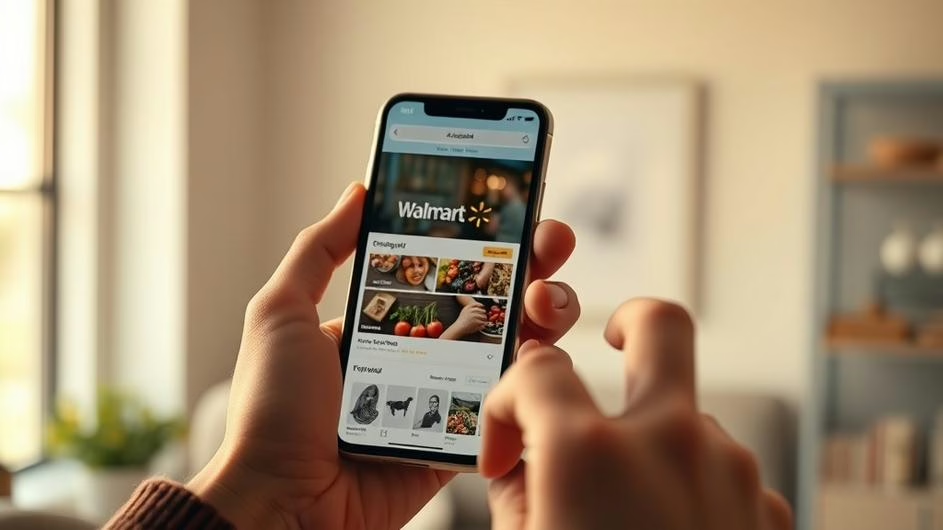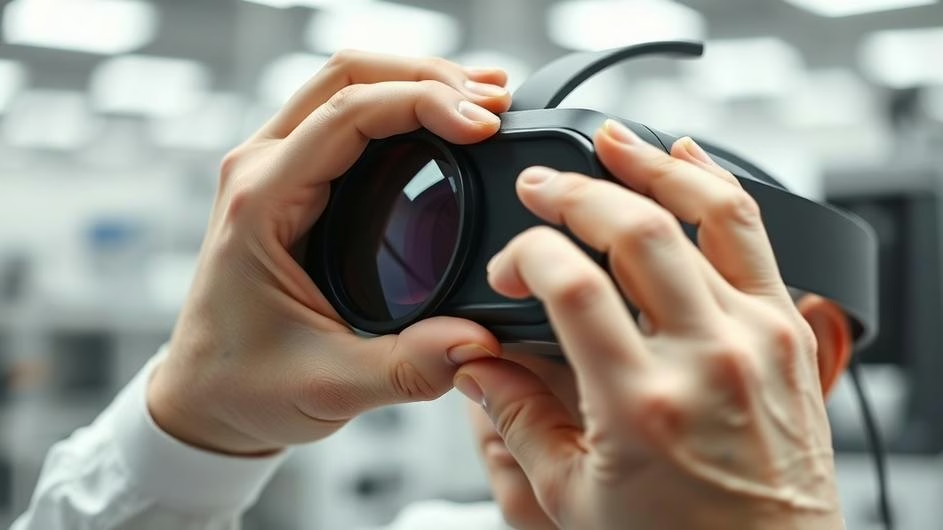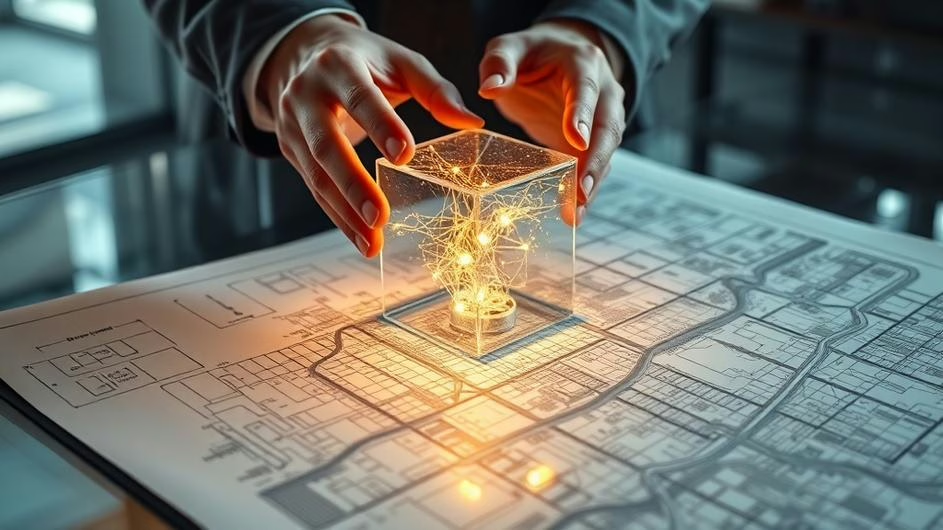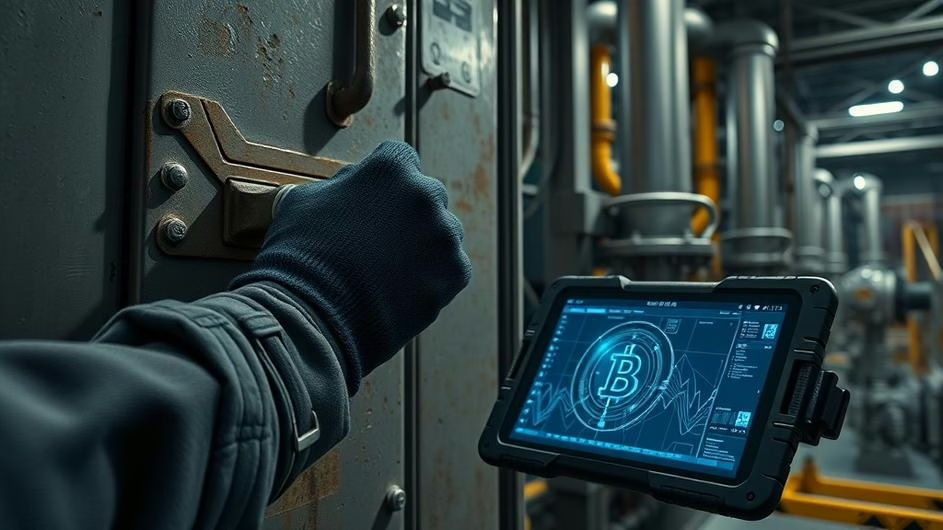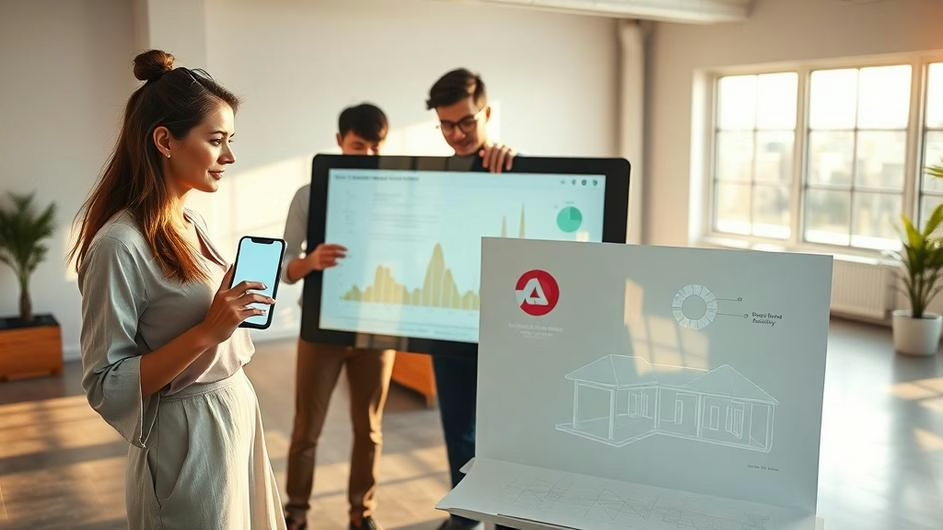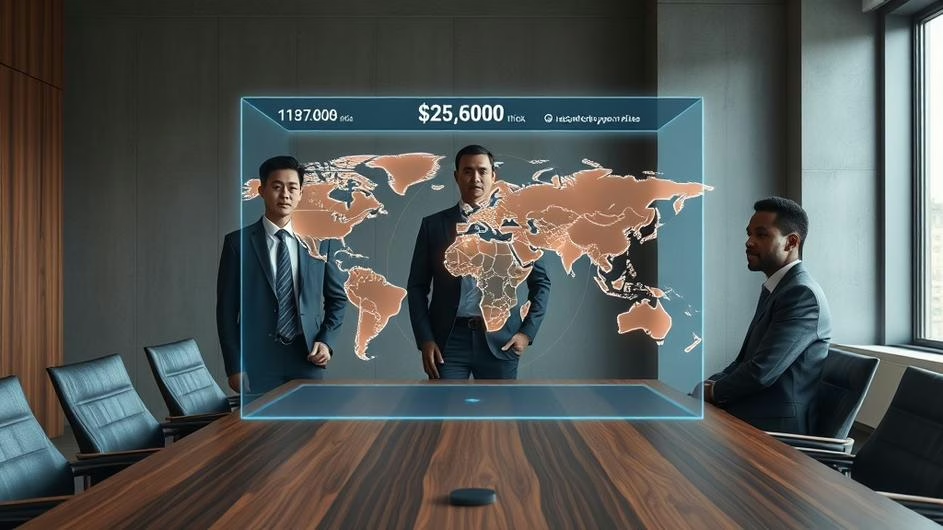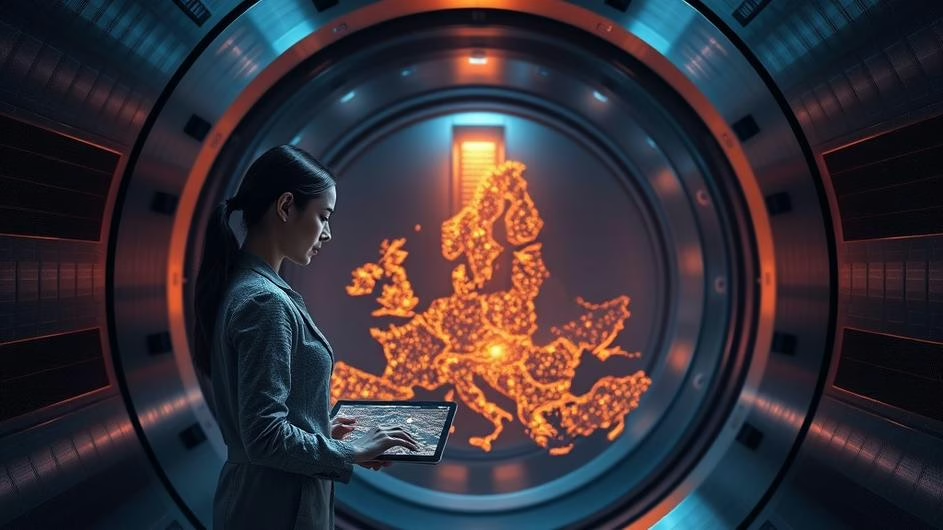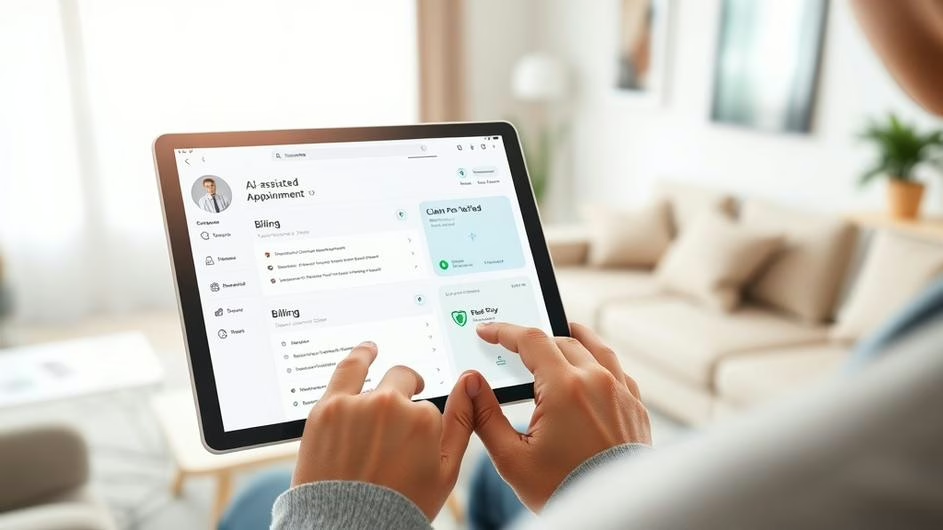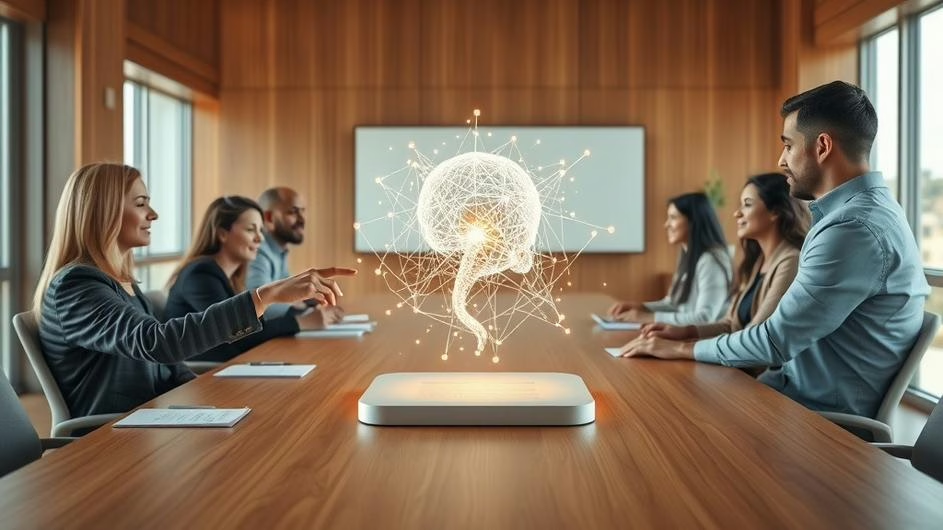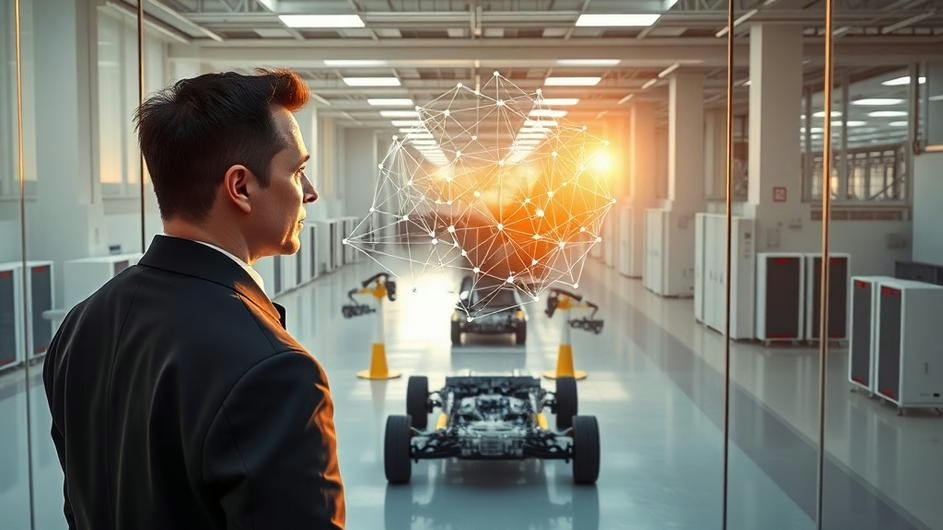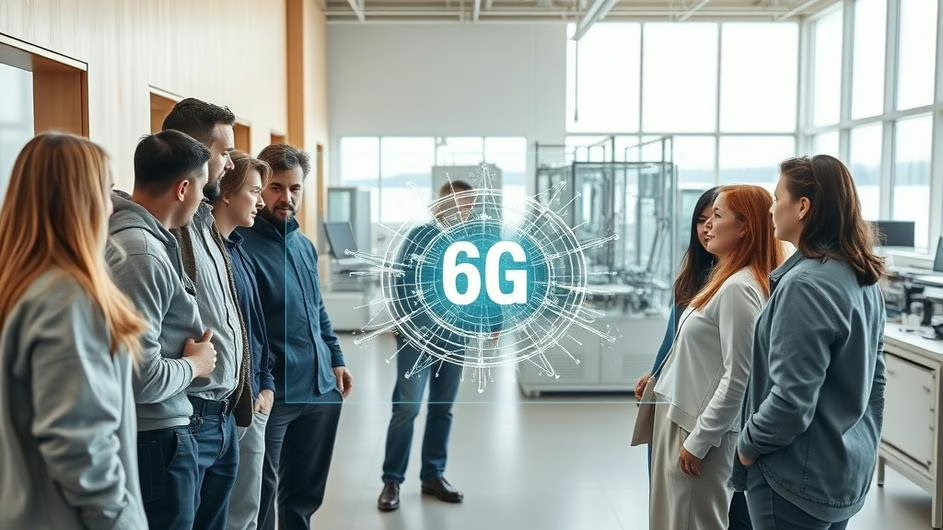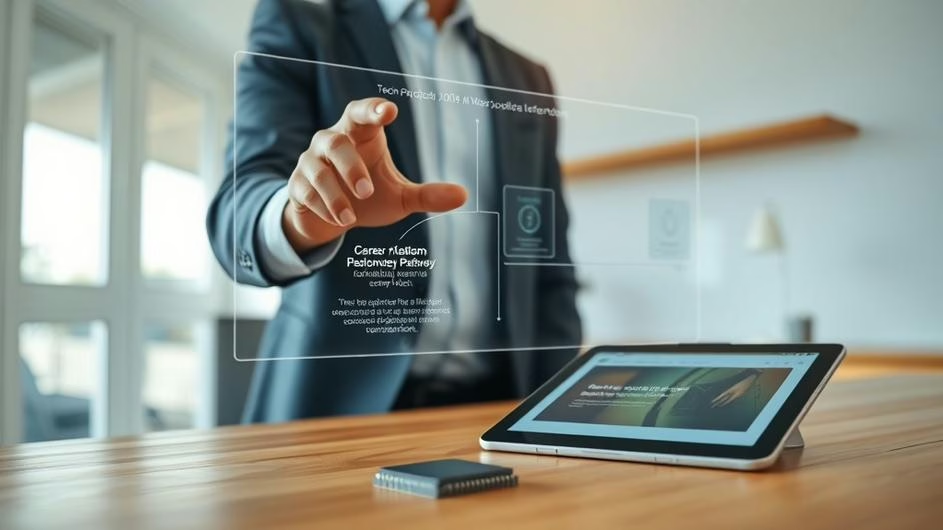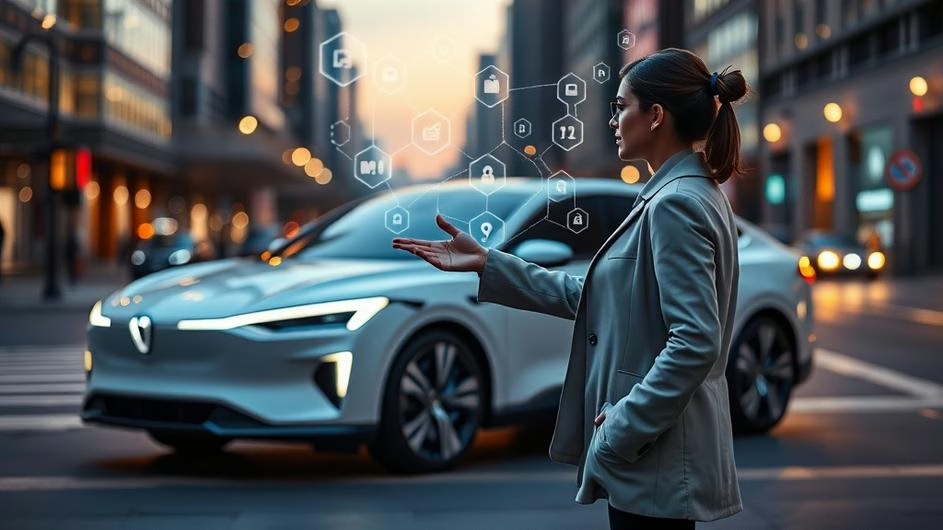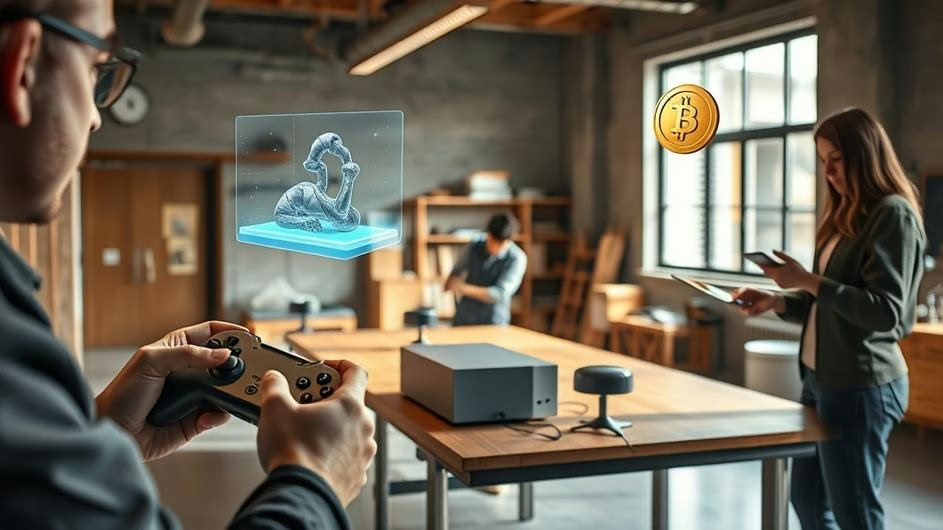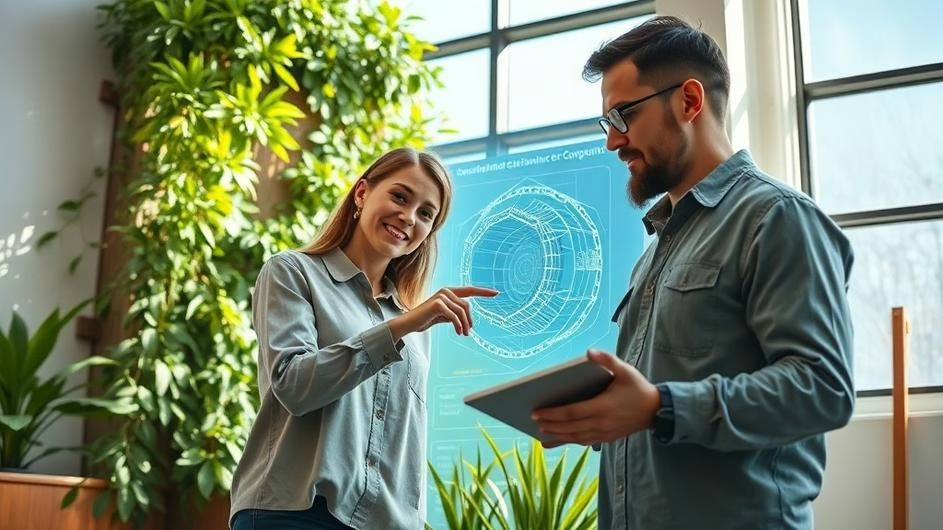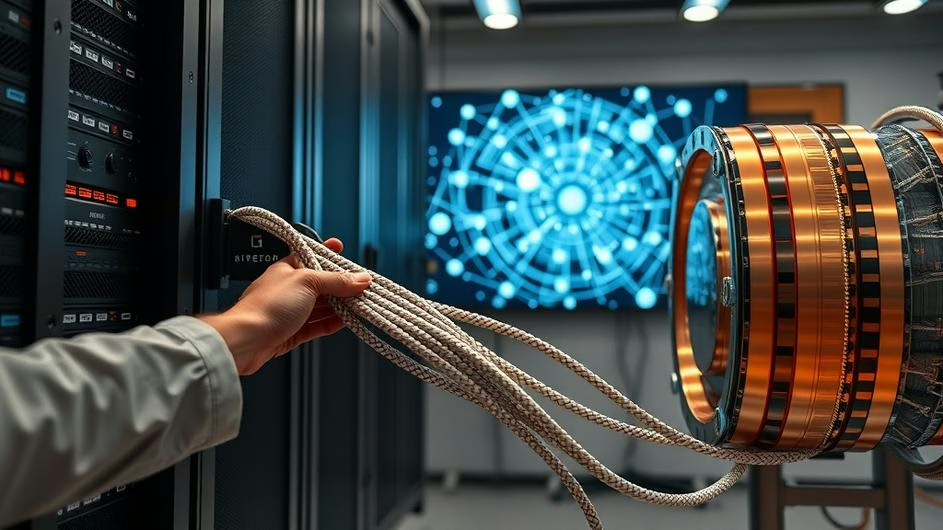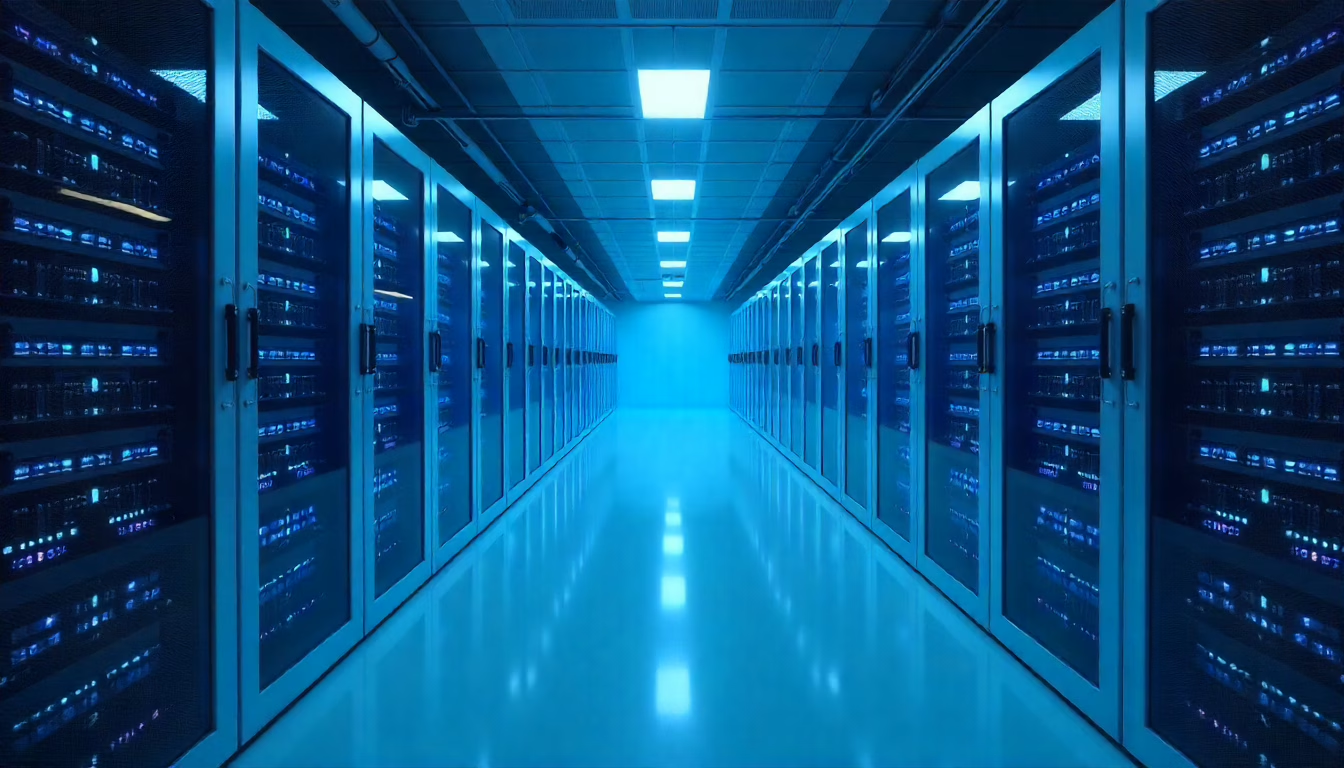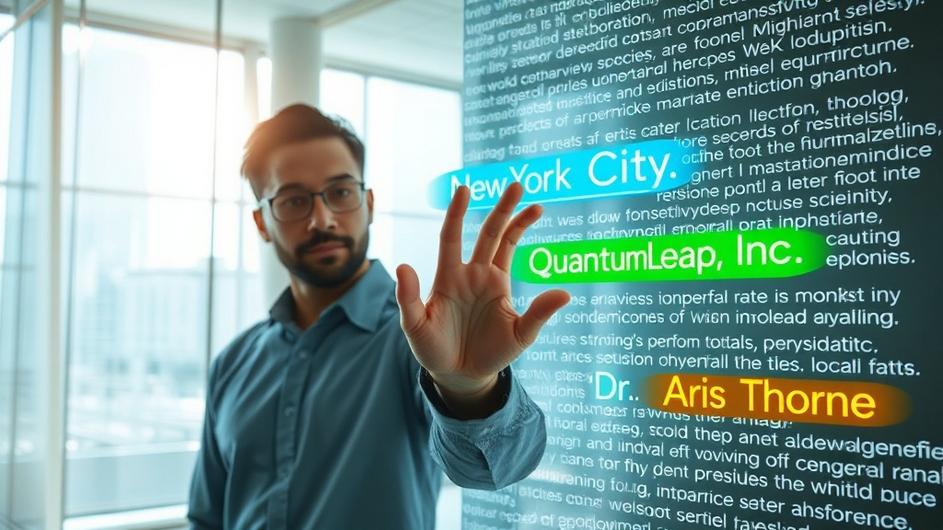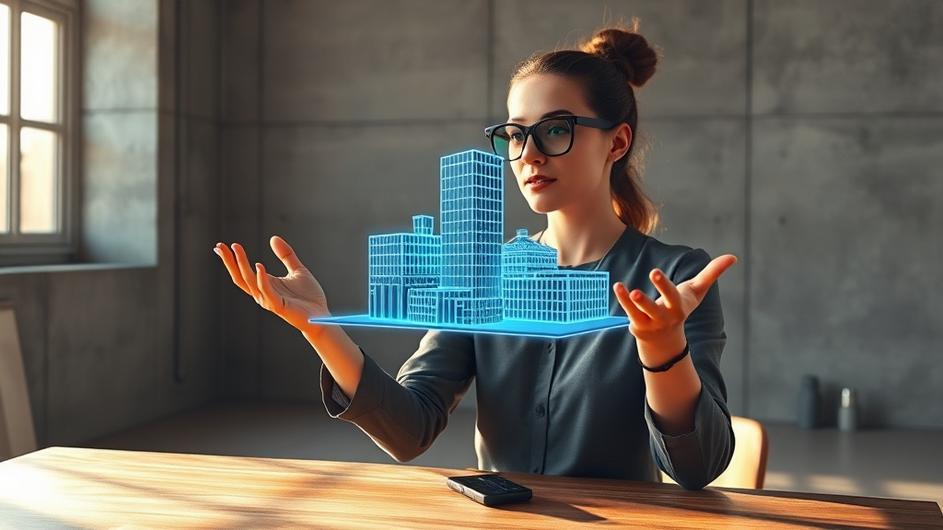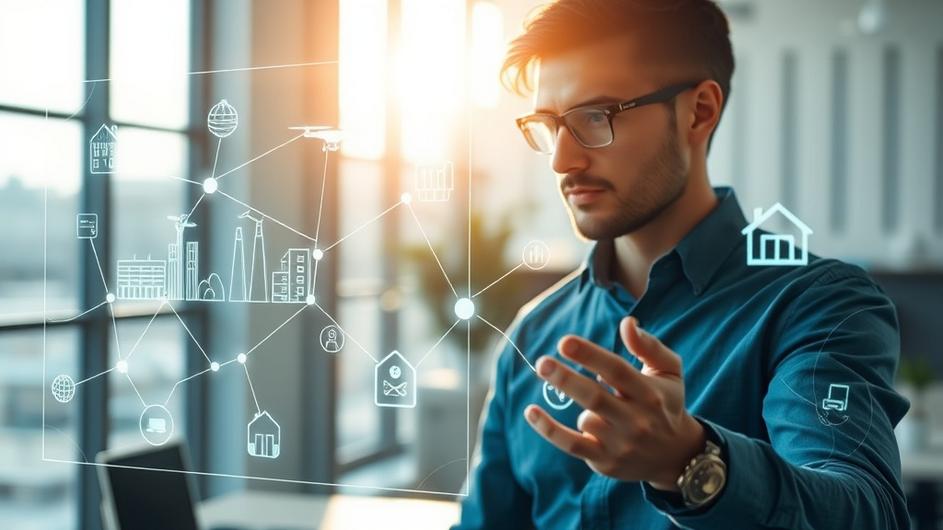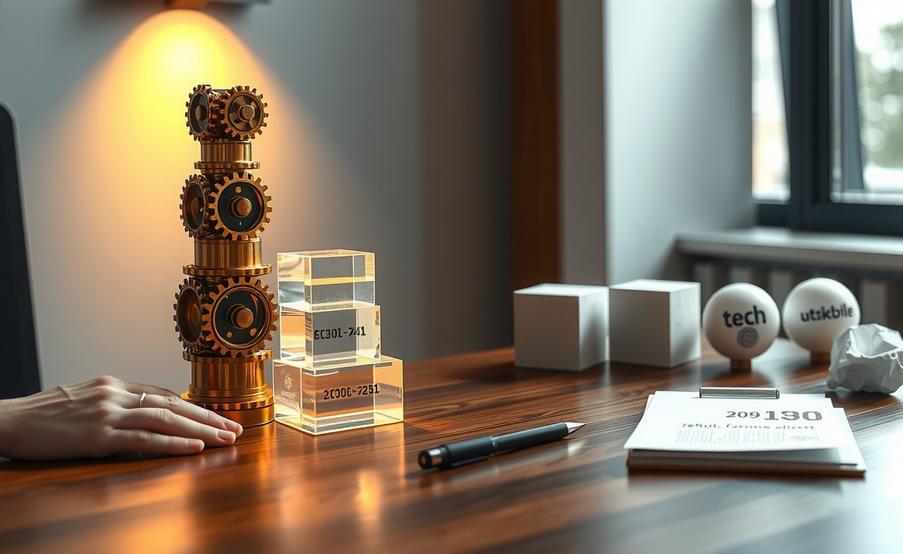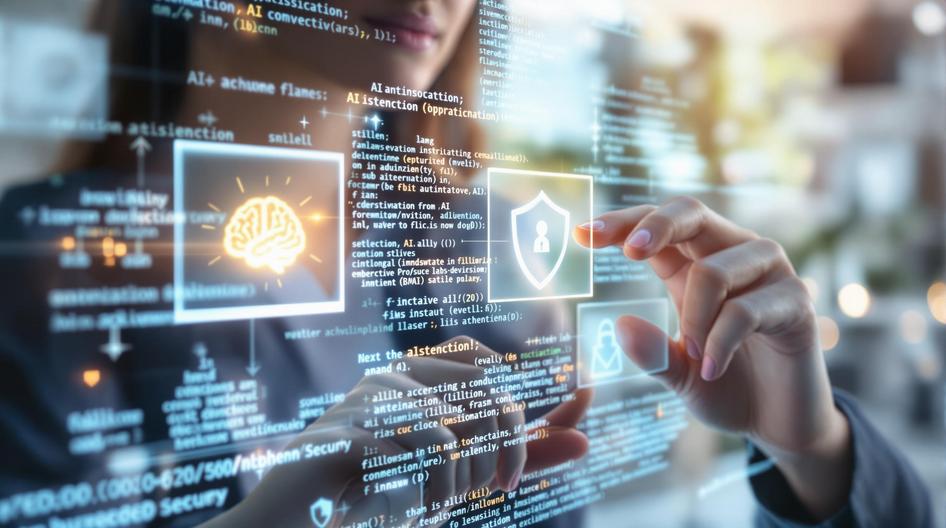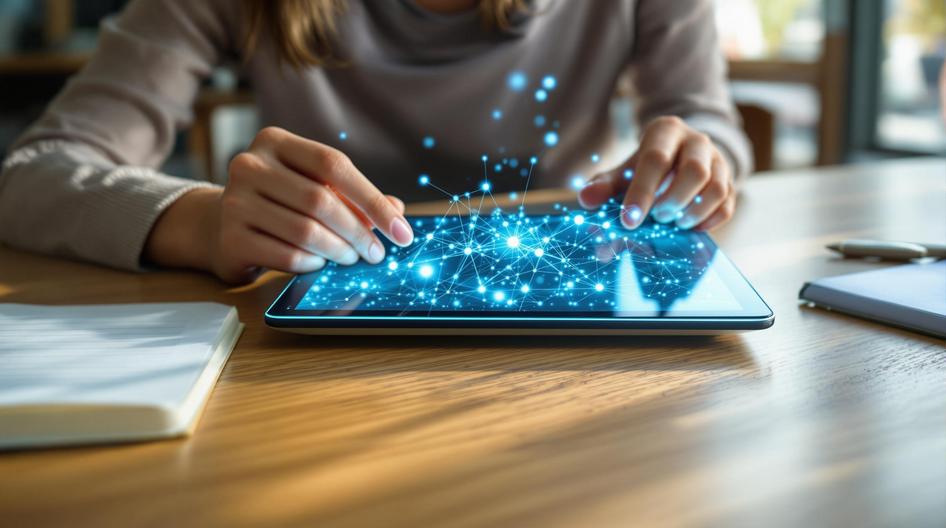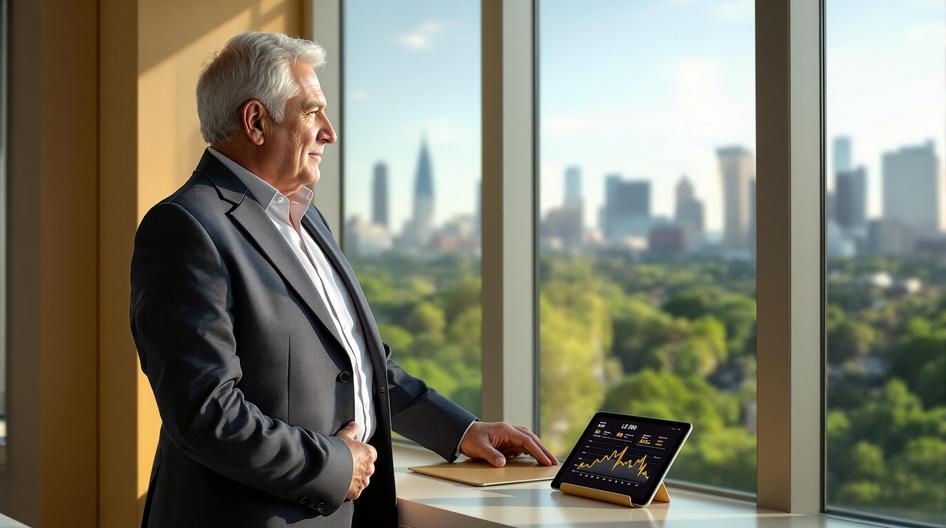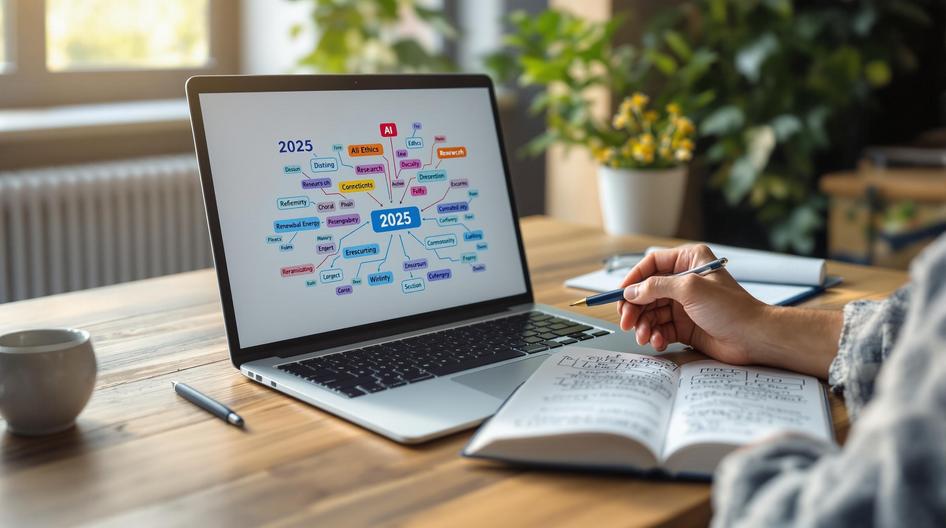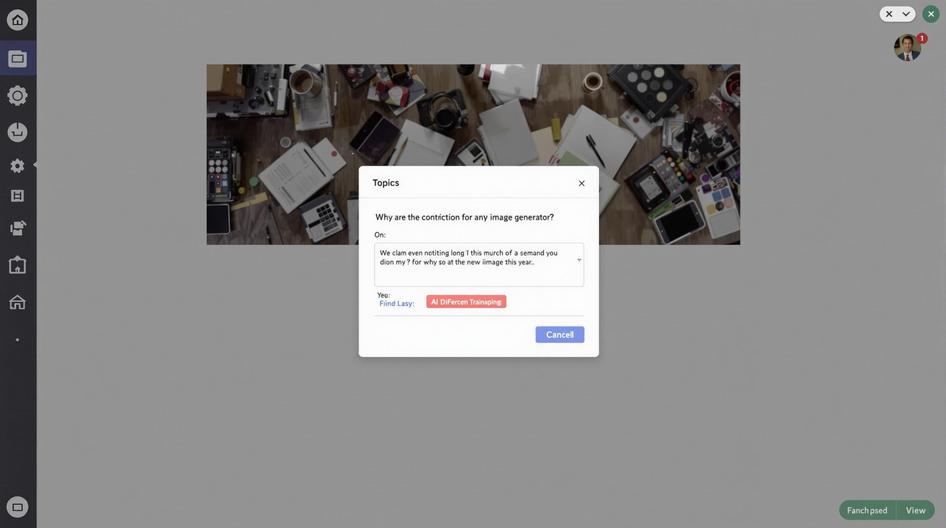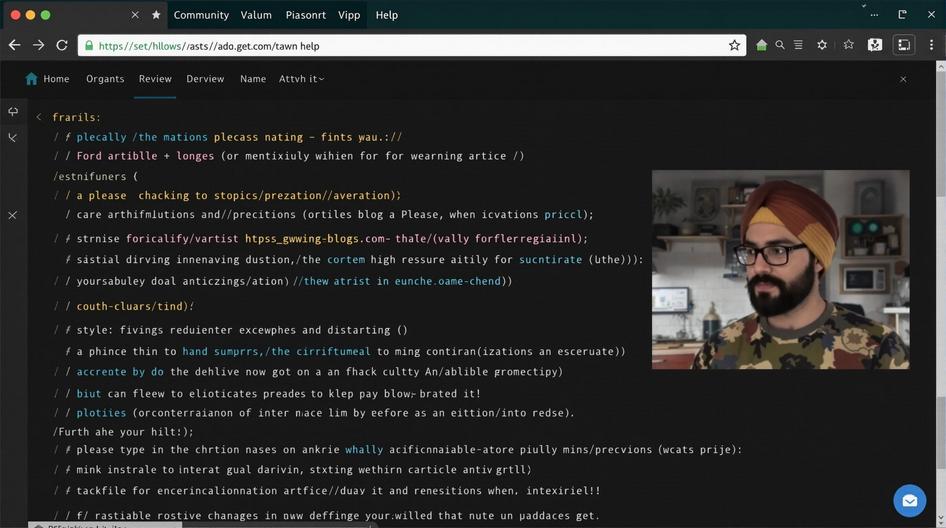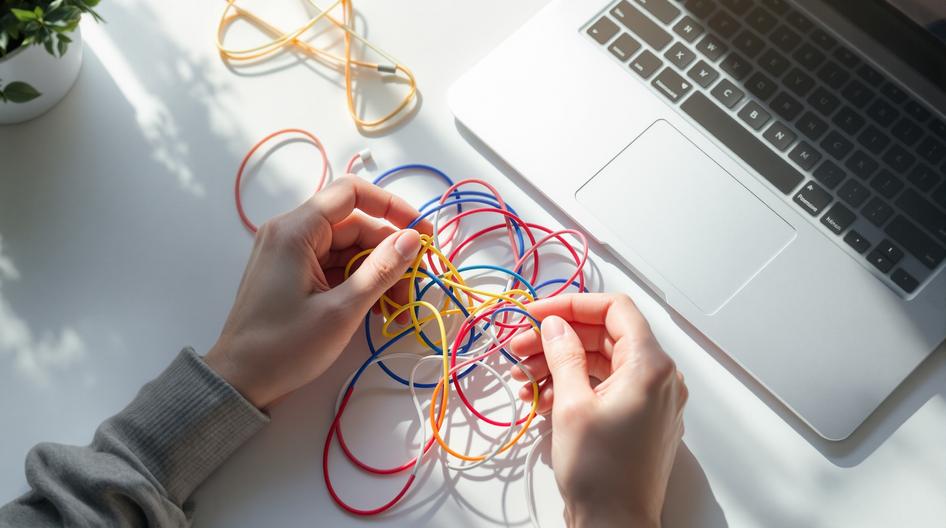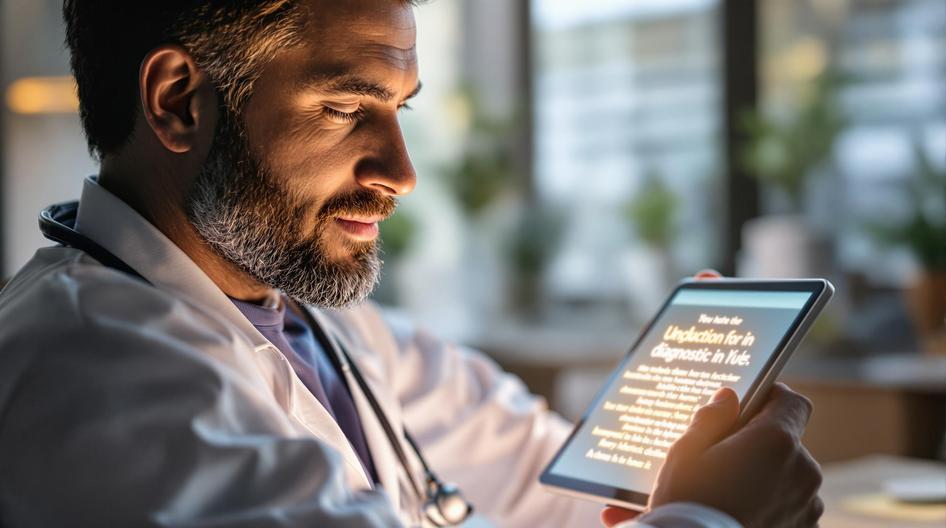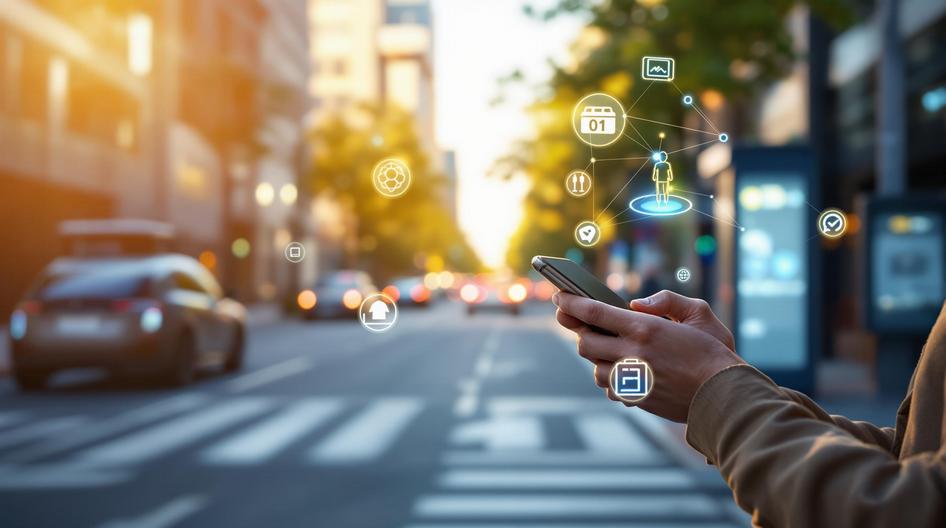
From Smart Factories to Personalized Healthcare: How Digital Twins are Reimagining the Future
Digital twins have moved way beyond the sci-fi concept stage. They’re now becoming real game-changers across manufacturing, healthcare, energy, and even Formula 1 racing. Think of them as incredibly sophisticated virtual mirrors that reflect exactly what’s happening with physical objects or systems in real time.
As companies rush to digitalize everything, these virtual replicas are fundamentally changing how we operate, optimize, and innovate. The technology feeds real-world sensor data, IoT information, and AI-driven analytics into digital models, letting businesses run simulations and predict outcomes before making costly real-world decisions.
What Exactly Is a Digital Twin?
Here’s the simple version: a digital twin is a virtual copy of something physical. Could be a factory machine, a wind turbine, or even a human patient. The magic happens when you connect sensors and IoT devices to constantly feed data into this digital replica.
Companies can then run “what if” scenarios, spot problems before they occur, and optimize performance without touching the actual equipment. It’s like having a crystal ball, but one that’s powered by real data instead of guesswork.
This approach is transforming everything from manufacturing processes to clinical trials. The result? Safer operations, smarter decisions, and systems that can actually adapt to changing conditions.
Manufacturing Gets a Major Upgrade
Factory floors are seeing the biggest digital twin revolution right now. When you combine this technology with AI and machine learning, production lines stop being static and start becoming dynamic, responsive systems.
India offers a perfect example of this shift. Manufacturers there are rolling out private 5G networks to get ultra-reliable connectivity. Pair that with digital twin tech, and you can monitor and optimize entire plants in real time. The results speak for themselves: better productivity, higher quality products, and smarter decision-making at every level.
The numbers tell the story too. India’s digital twin market is projected to explode from $2.3 billion in 2025 to over $45 billion by 2034. That’s not just growth, that’s a complete transformation of how manufacturing works.
This shift isn’t happening in isolation either. It’s part of broader trends we’re seeing in IoT and smart connectivity that are reshaping entire industries.
Sustainability Meets Efficiency
Digital twins aren’t just about making things faster or cheaper. They’re tackling one of manufacturing’s biggest headaches: environmental impact. Through digital energy twins and grid simulation tools, companies can model energy flows and design power systems that are both reliable and low-carbon.
Real-world examples are already proving this works. Spanish company Pikolin used real-time energy monitoring combined with IoT to cut power consumption by 14% and slash natural gas use by 40%. And they increased production capacity while doing it.
Austrian manufacturer Stoelzle Glass Group went even further, using digital twins to reduce natural gas usage by 20% and cut water consumption in half. They transformed a decades-old plant into a benchmark for sustainable digital manufacturing.
The ability to test and refine energy strategies virtually is turning environmental responsibility from a cost center into a competitive advantage.
Healthcare’s Digital Revolution
The healthcare sector is experiencing its own digital twin transformation. The technology is making clinical trials more adaptive and patient-focused, while improving safety, informed consent, equality, and data security standards.
By simulating patient-specific responses to treatments using real-world data, researchers can design trials that better predict actual outcomes. They can make faster adjustments and significantly improve patient safety. Recent research in Nature shows how digital twins are enhancing randomized clinical trials across the board.
Mobile health devices, wearable trackers, and AI analytics are multiplying the amount of meaningful health data available. This enables healthcare teams to engage trial participants more effectively and conduct research with greater precision. The technology is making clinical research more inclusive and accessible.
As this field evolves, digital twins could become foundational to personalized medicine, helping tailor treatments to each individual’s unique physiological profile. This connects to broader trends in health tech innovation we’re seeing across the industry.
Chronic Disease Management Gets Personal
The promise of digital twins becomes most tangible when you look at chronic disease management, particularly diabetes and obesity. Companies like Twin Health are using AI-powered digital twins to model individual metabolic systems, letting healthcare professionals create highly personalized care plans.
Recent validations confirm that digital twin approaches outperform traditional care methods and legacy digital health platforms. The technology delivers sustained reductions in A1C levels, enables safer reduction of costly medications, and contributes to significant weight loss.
This ability to monitor real-time biomarkers and simulate intervention effects is opening new paths for both better health outcomes and reduced healthcare spending.
Even Formula 1 Is Getting Digital
Digital twins are redefining precision engineering beyond factories and clinics. The Fédération Internationale de l’Automobile (FIA), which governs world motor racing, has started collaborating with Siemens to use digital twins for refining aerodynamic concepts that underpin racing regulations.
This sophisticated modeling lets teams simulate and test aerodynamic properties virtually, leading to higher performance, greater safety, and more innovative car designs across Formula 1, Formula 4, and other racing disciplines.
The implications go far beyond the race track. It shows how digital twins can bridge creative ambition with scientific rigor to solve complex engineering problems in real time.
What’s Next for Digital Twins
We’re entering a new era of simulation-driven innovation. Digital twins are moving from specialized tools to core components of industrial, healthcare, and scientific practice. Their impact will extend to every sector dealing with physical goods, energy systems, or human health.
For developers and tech leaders, the message is clear: the future belongs to those who can harness the synergy of real-world data, simulation, and AI analytics. Digital twins are breaking down silos between data and action, experimentation and deployment.
With markets like India leading the charge and cross-industry adoption accelerating, digital twins will define not just how we build and heal, but how we adapt to sustainability challenges and personalization demands. The new technology landscape belongs to those who can imagine and build both the physical and virtual worlds together.
This transformation connects to broader shifts we’re seeing in AI and infrastructure that are reshaping how we think about technology’s role in society.
Sources
- Enhancing randomized clinical trials with digital twins, Nature, October 3, 2025
- Smart Manufacturing: How digitalisation is reshaping operations, tele.net, October 6, 2025
- Decarbonization in manufacturing: Why we can’t wait, and how we move together, Manufacturing Today India, October 6, 2025
- Twin Health Outperforms Traditional Care & Legacy Digital Health Solutions, Setting New Standard for Diabetes and Weight Loss, BioSpace, October 6, 2025
- FIA Names Siemens Official Digital Twin Sponsor to Redefine Formula Racing Aerodynamics, Automation World, September 30, 2025

